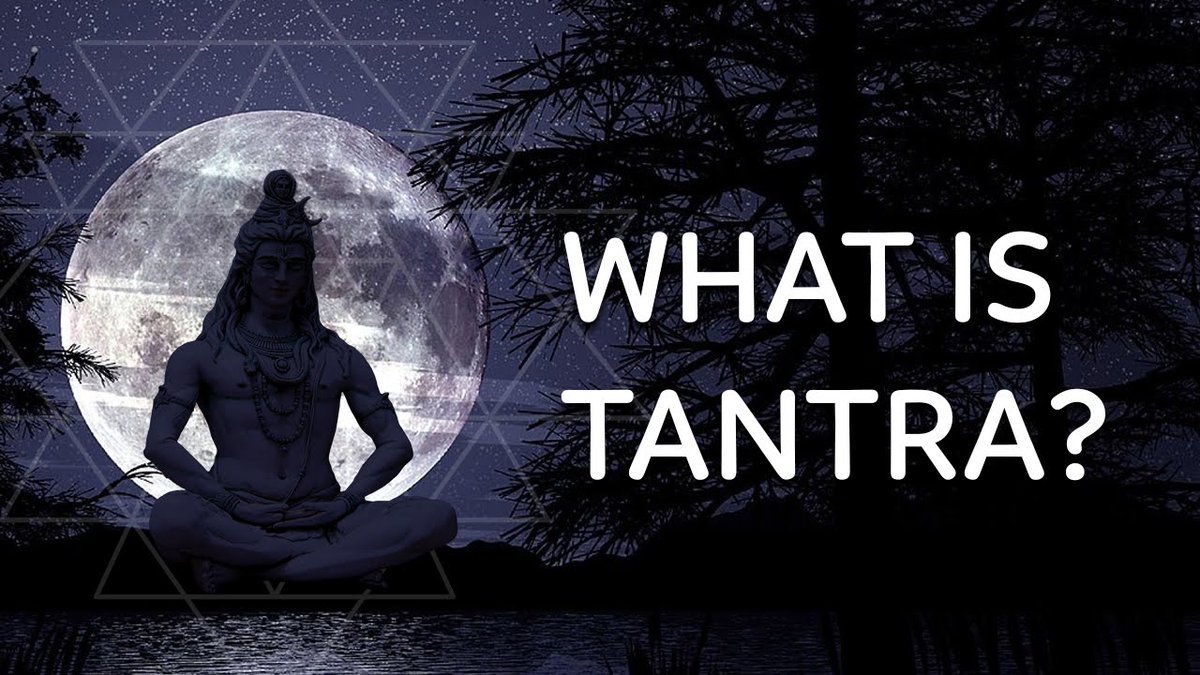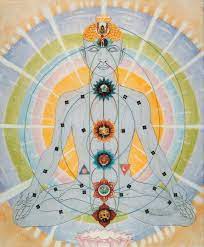Kurukullā (Tibetan: ཀུ་རུ་ཀུ་ལླཱ; also Tibetan: རིག་བྱེད་མ་, Wylie: rig byed ma "Knowledge/magic/vidyā Woman",[1] Chinese: 咕嚕咕列佛母 "Mother-Buddha Kuru[kulle]" or Chinese: 作明佛母 "Knowledge-Causing Mother-Buddha"
#SanatanaDharma
#Buddhism
#Spirituality
#SanatanaDharma
#Buddhism
#Spirituality

She is a peaceful goddess as against a semi-wrathful Yidam in Tibetan Buddhism particularly associated with rites of magnetization or enchantment. Her Sanskrit name is of unclear origin. She is related to Shri Yantra in Hinduism.
#SanatanaDharma
#Buddhism
#Spirituality

#SanatanaDharma
#Buddhism
#Spirituality


Depicted in red with 4 arms, holding a bow & arrow of flowers in one pair of hands, a hook & noose of flowers in the other. Dances in Dakini-pose, crushes Rahu (one who devours the sun). As per astrology, Rahu is a demon head snake (Navagraha), represents ascending lunar node. 

She is considered either an emanation of Amitābha, one of Tara's forms, or a transformation of Heruka.
She could be seen as the star of the Dakinis, a beautiful, modern celebrity endorsing a cause; she projects this divine & Enlightened beauty to attract us to Dharma.
She could be seen as the star of the Dakinis, a beautiful, modern celebrity endorsing a cause; she projects this divine & Enlightened beauty to attract us to Dharma.

She uses her enchanting “magic” to remove obstacles to our practice.
Note: Her proper name is Kurukulla. Only the mantra uses the vocative form (Kurukulle) of her name.
#SanatanaDharma
#Buddhism
#Spirituality
Note: Her proper name is Kurukulla. Only the mantra uses the vocative form (Kurukulle) of her name.
#SanatanaDharma
#Buddhism
#Spirituality

She is as popular today as she was hundreds of years ago. As a Dakini, a Higher Tantric practice, she is the “very cause of wisdom” — her Tibetan name Rigiyedmna (རིག་བྱེད་མ) literally translates as “she who is the cause of knowledge”
#SanatanaDharma
#Buddhism
#SanatanaDharma
#Buddhism

While she has her own tantras & rituals, she is considered an emanation of Tara: Tarobhava Kurukulla, “Kurukulla who arises from Tara” (Red Tara: sgrol-ma dmar-po.) As described in "Practice Manual of Noble Tara Kurukulla“, translated from introductory Kangyur text commentary. 

Kurukulla is all about enchantment. Like other Tārā emanations who may use their divine beauty to attract & influence, Kurukulla takes this to an erotic extreme. Its the exotic “magical” aspects that have kept Kurukulla, the Passionate Lotus Dakini, popular both now & earlier. 



Though she is often linked with attractionb& magnetizing — an aspect of red Lotus Amitabha family, Chenrezig & Hayagriva — she isn't a mundane deity. Despite depictions of her magnetizing powers as “magical,” they are not for corrupt aim of attracting a mate, money or luxuries. 

Like other emanations of Tara, she is about the “activities” of compassion, in this case attracting and enchanting. And, like all Taras, this is a skillful means to help us remove obstacles in our own practice, by attracting good fortune to the Sangha, or to the practitioner. 







• • •
Missing some Tweet in this thread? You can try to
force a refresh
























